Description
Semaglutide is a synthetic glucagon-like peptide-1 receptor agonist (GLP-1 RA) that belongs to a class of antidiabetic agents called incretin mimetics. Incretins are endogenous compounds, including glucagon-like peptide-1 (GLP-1), that improve glycemic control once released into the circulation via the gut.
Cyanocobalamin
Cyanocobalamin is a vitamin of the B-complex family, commonly known as cobalamin (corrinoids). It is a synthetic or man-made form of vitamin B12 that is available as both a prescription and over-the-counter (OTC) medication. Cobalamins exist in several other chemical forms, including hydroxocobalamin, methylcobalamin, and adenosylcobalamin. It contains a cyano (cyanide) group in its structure, which makes it more stable than other forms of vitamin B12 as the cyanide stabilizes the molecule from deterioration.
The chemical structure of cyanocobalamin contains the rare mineral cobalt (4.34%), which binds the cyano group and is located in the center of a corrin ring. Compared to other forms of vitamin B12, it is easier to crystallize and more air-stable. Cyanocobalamin is usually obtained as a dark red, amorphous, or crystalline powder, orthorhombic needles, or red crystals. The anhydrous form of the compound is highly hygroscopic. It may absorb up to 12% of water if exposed to air. Cyanocobalamin is sparingly soluble in alcohol and water (1 in 80 of water), but insoluble in chloroform, acetone, and ether. The coenzymes of this vitamin are highly unstable in light.
Cyanocobalamin is available in several dosage forms including tablets, nasal spray, and injection.
The lack of vitamin B12 may result from any of the following conditions:
Malabsorption – impaired absorption of vitamin B12
Diphyllobothrium latum and related species (the fish tapeworm) infestation – these parasites compete with vitamin B12 for intestinal absorption; this leads to malabsorption of the vitamin
Malignancy of the pancreas or bowel
Folic acid deficiency
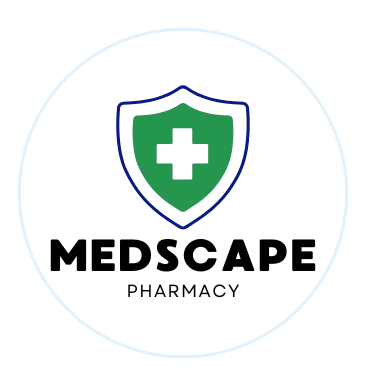
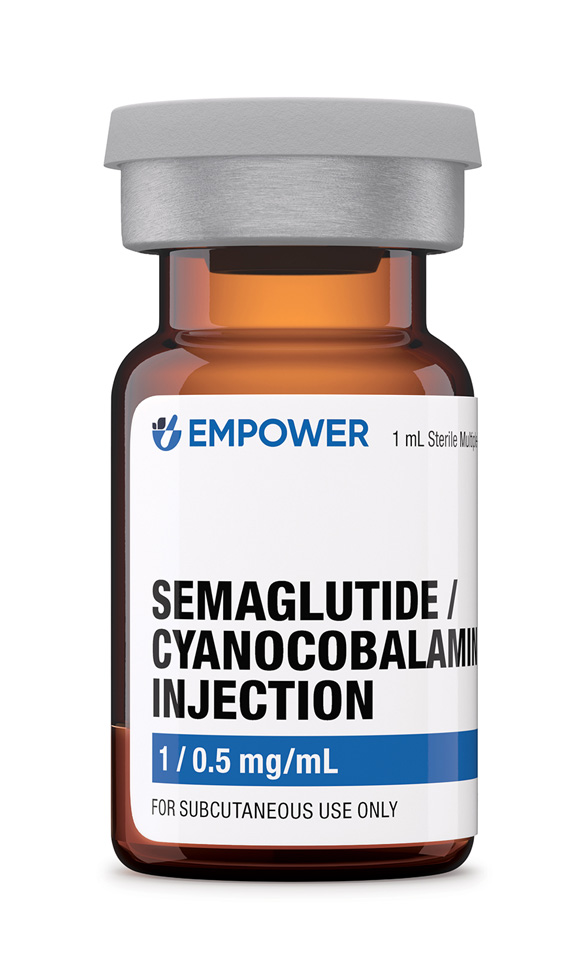
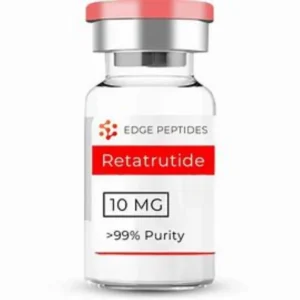
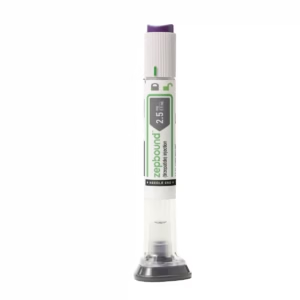
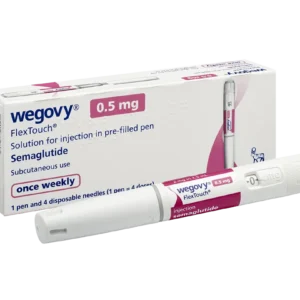

Reviews
There are no reviews yet.